Anadromous heaven
Oregon protects a treasured fishery
Along the north bank of Oregon’s Elk River is a 13,757 acre wilderness area known as the Copper Salmon Wilderness. Organizers with Trout Unlimited proudly proclaim this achievement as the very first wilderness designation that was led by almost entirely by anglers in the country’s history.
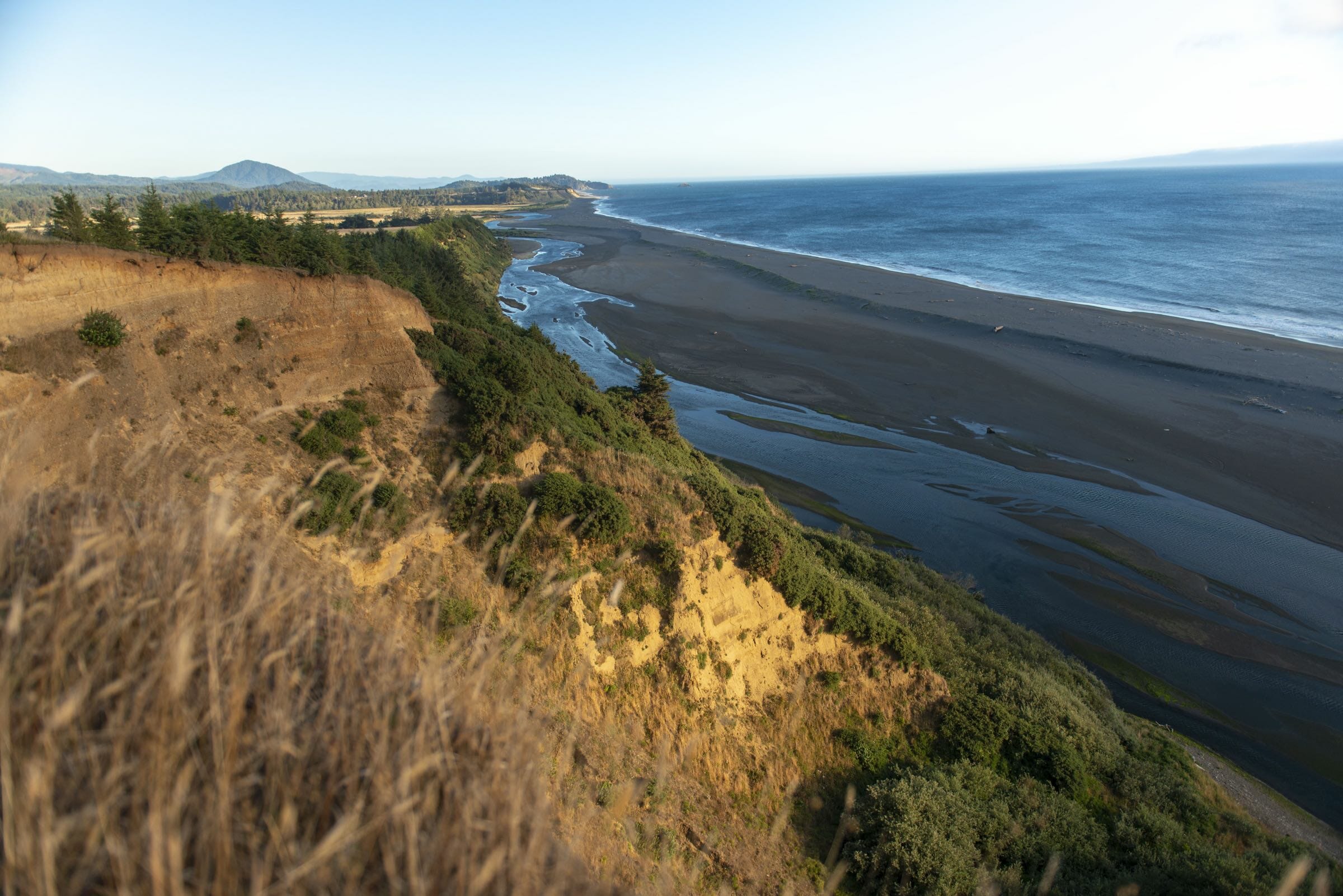
The Elk River meets the Pacific Ocean.
Signed into law in 2009 by President Barrack Obama as part of the Omnibus Public Lands Management Act (H.R. 146), the wilderness area added needed protections to one of Oregon’s very best salmon, steelhead and cutthroat trout streams. In 1984, the Grassy Knob Wilderness was established to protect another 17,200 acres of pristine old growth forest along the northside of Elk River.
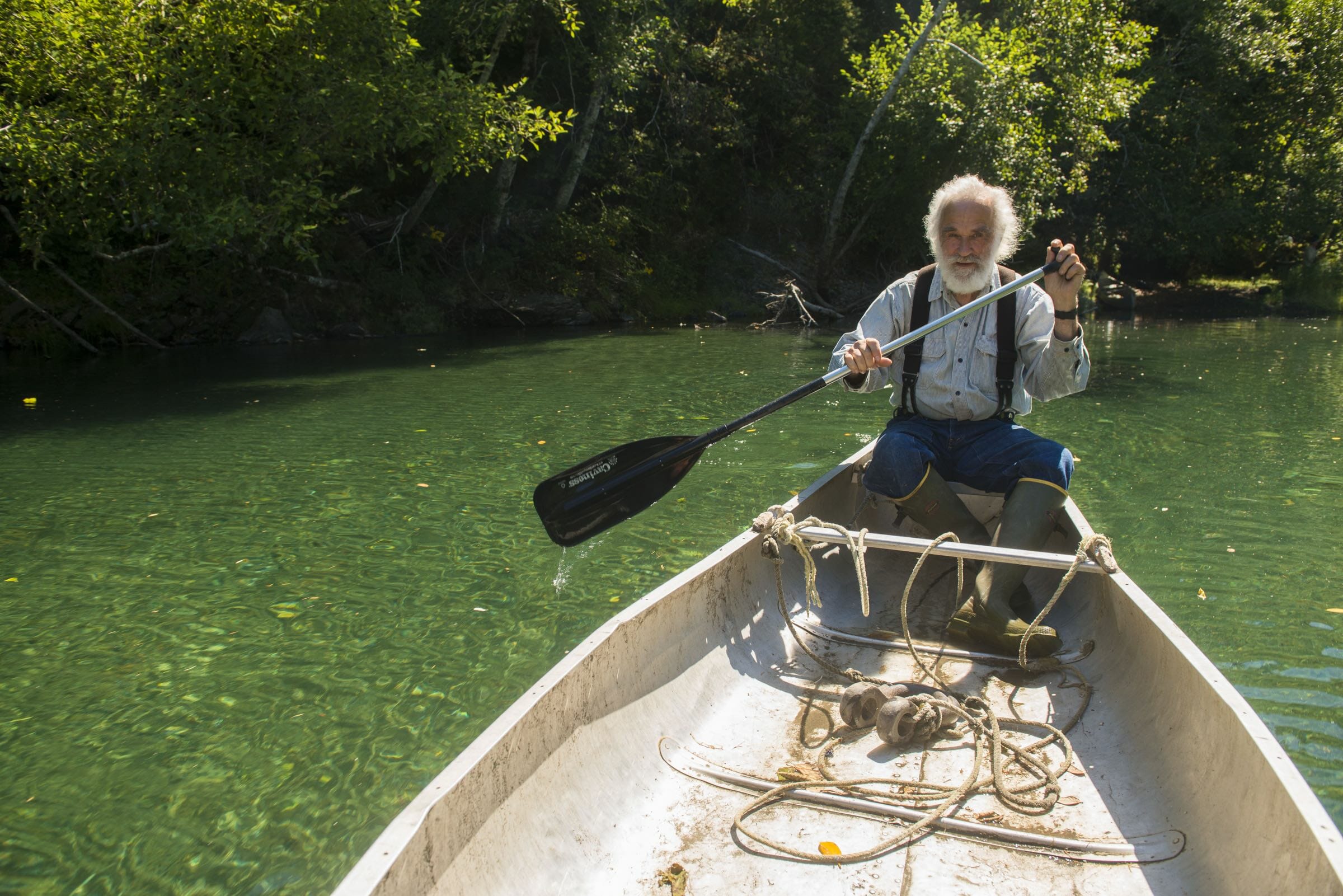
Jim Rogers is one of several locals who know and love the Elk and its fish.
With those two wilderness designations, the north side of Elk River was well protected.
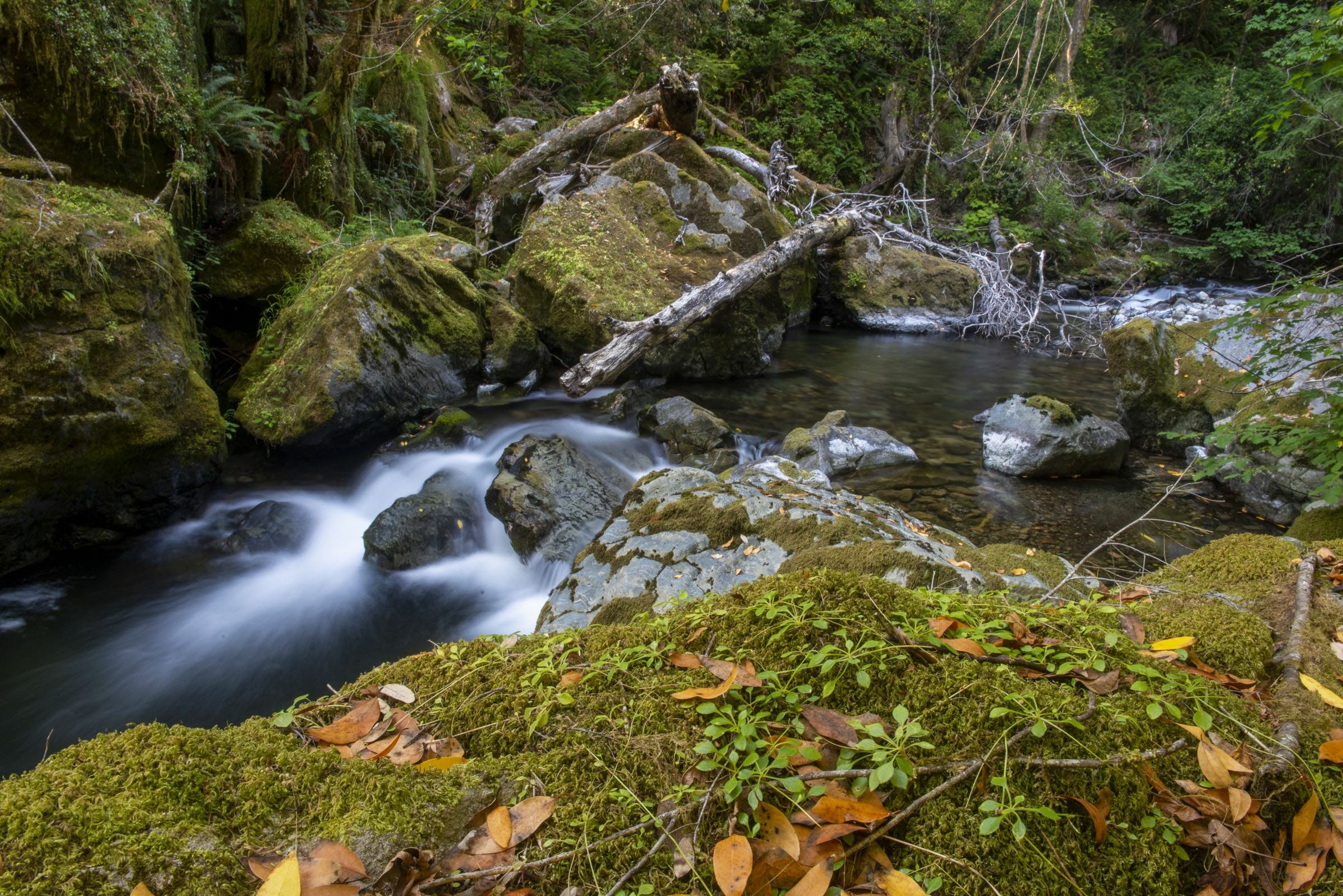
Cold freshwater heading for the saltwater.
In 2019, President Donald Trump signed into law the John D. Dingell Conservation, Management, and Recreation Act (S. 47). Part of this legislation was the Oregon Wildlands Act that included nearly 70 miles of Wild and Scenic River designations, primarily along the southside of the river in key tributaries of the Elk River basin. With the passage of this act, Elk River salmon, steelhead and trout now enjoy much–deserved protections. Other native wildlife benefit as well.
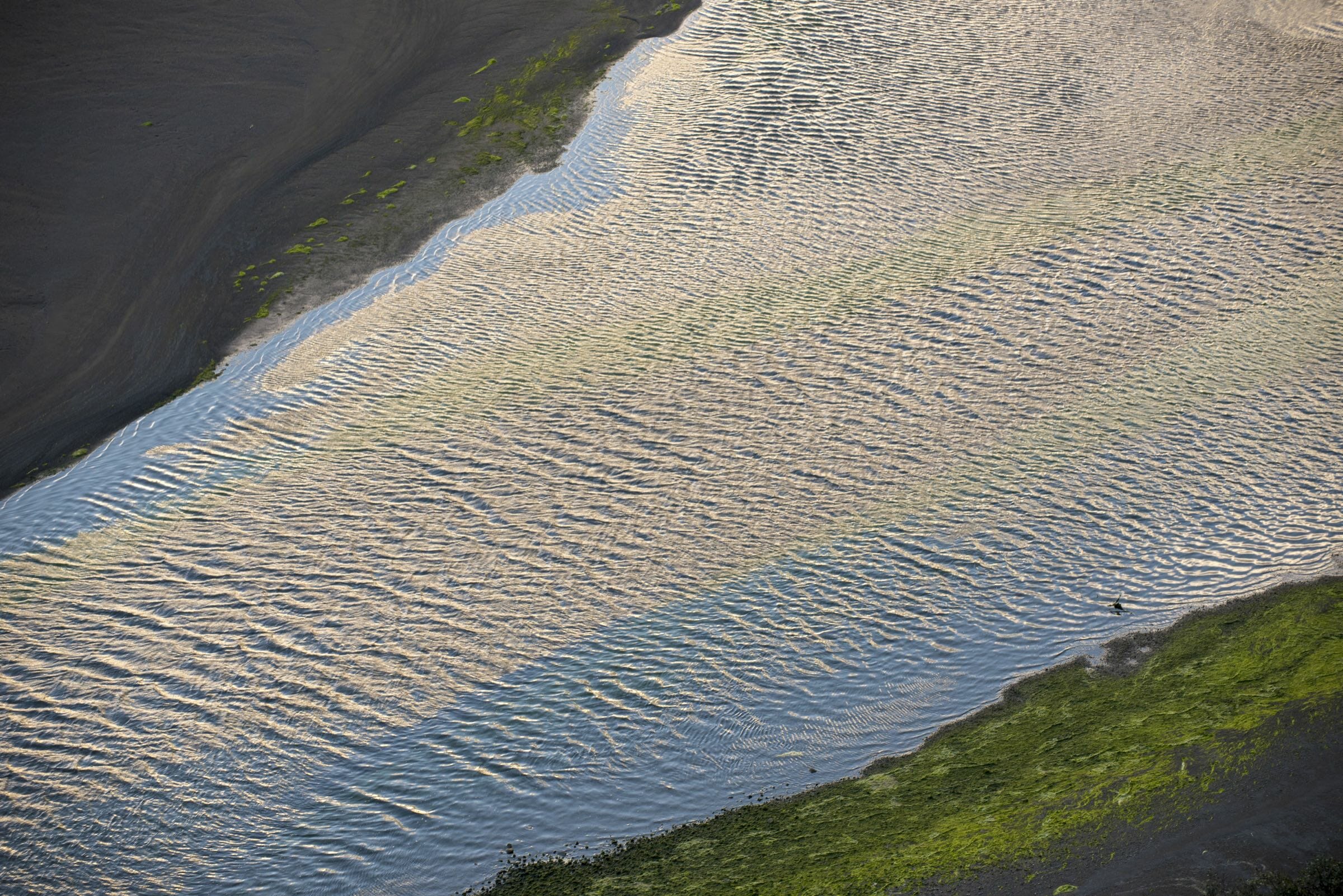
The Elk River is one of the Pacific Northwest’s most pristine, intact rivers, with its headwaters fully protected for future generations.
The Elk is home to ESA–listed marbled murrelet (a sea bird that nests inland among old growth conifers), Roosevelt elk, blacktail deer, mountain lion, ruffed and blue grouse and black bear.
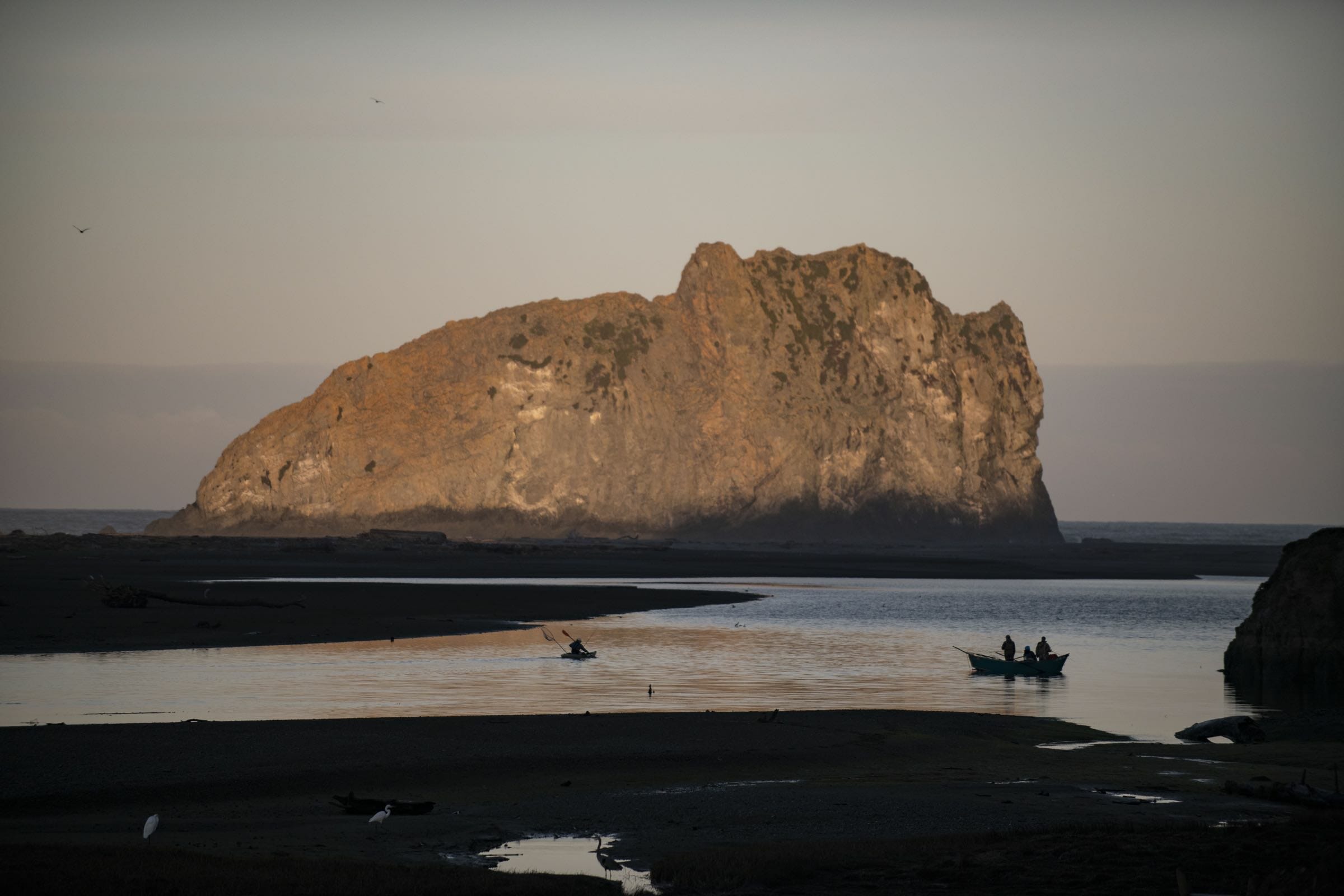
The fabulous coast of Oregon draws many thousands every year.
Elk River fall chinook are prized by anglers not only for their size and strength, but also for their unique run timing. Along the west coast of the U.S., most fall salmon runs occur from early August through late October. Winter steelhead generally begin ascending rivers in December.
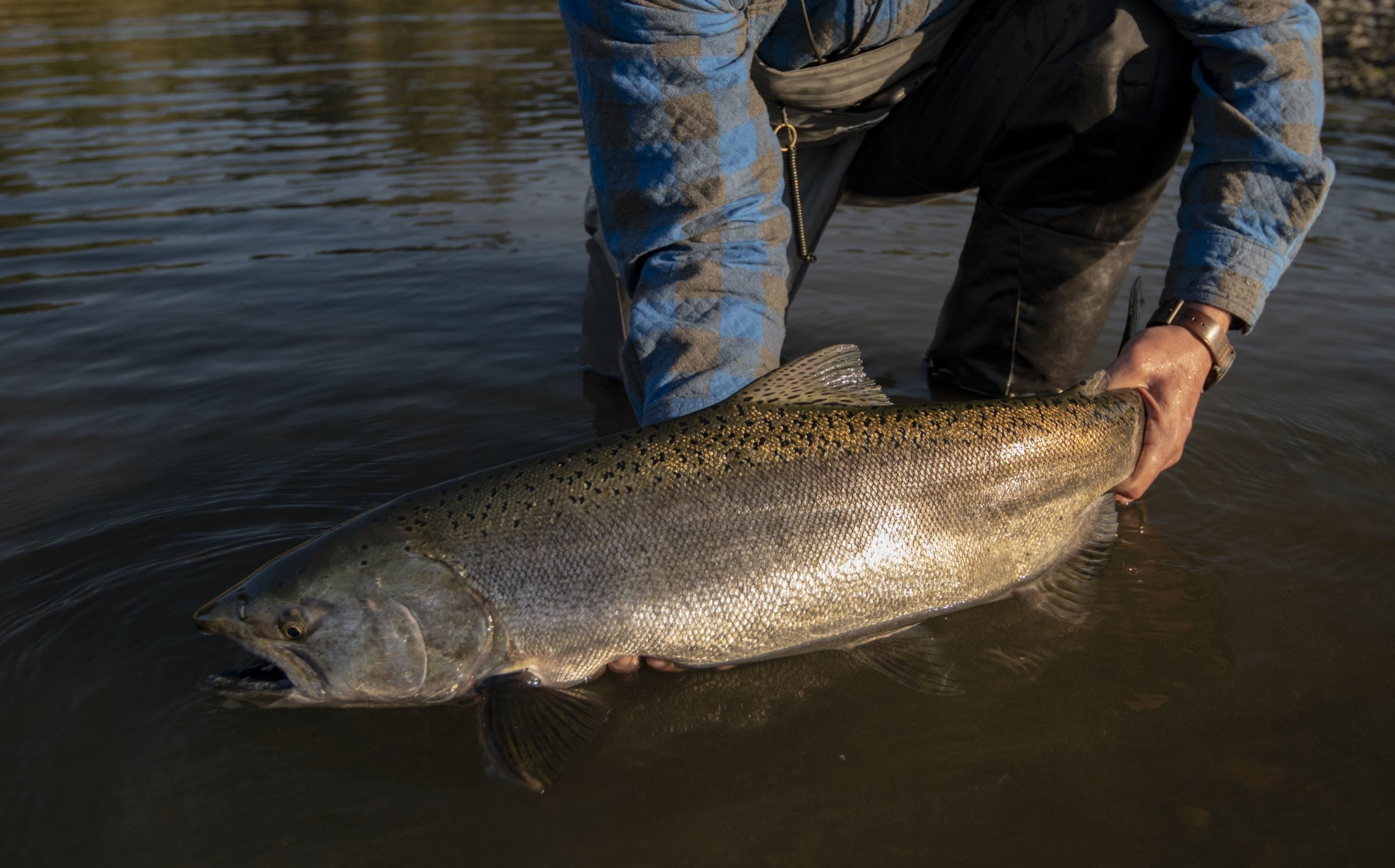
Elk River fall chinook are a treasure.
Elk River fall chinook have to wait in the ocean for the first big winter storms that usually arrive in November to open up the beach entrances and clear out summer sand accumulations to begin their run, making their timing perfect to fill a lull in western Oregon fishing opportunities.
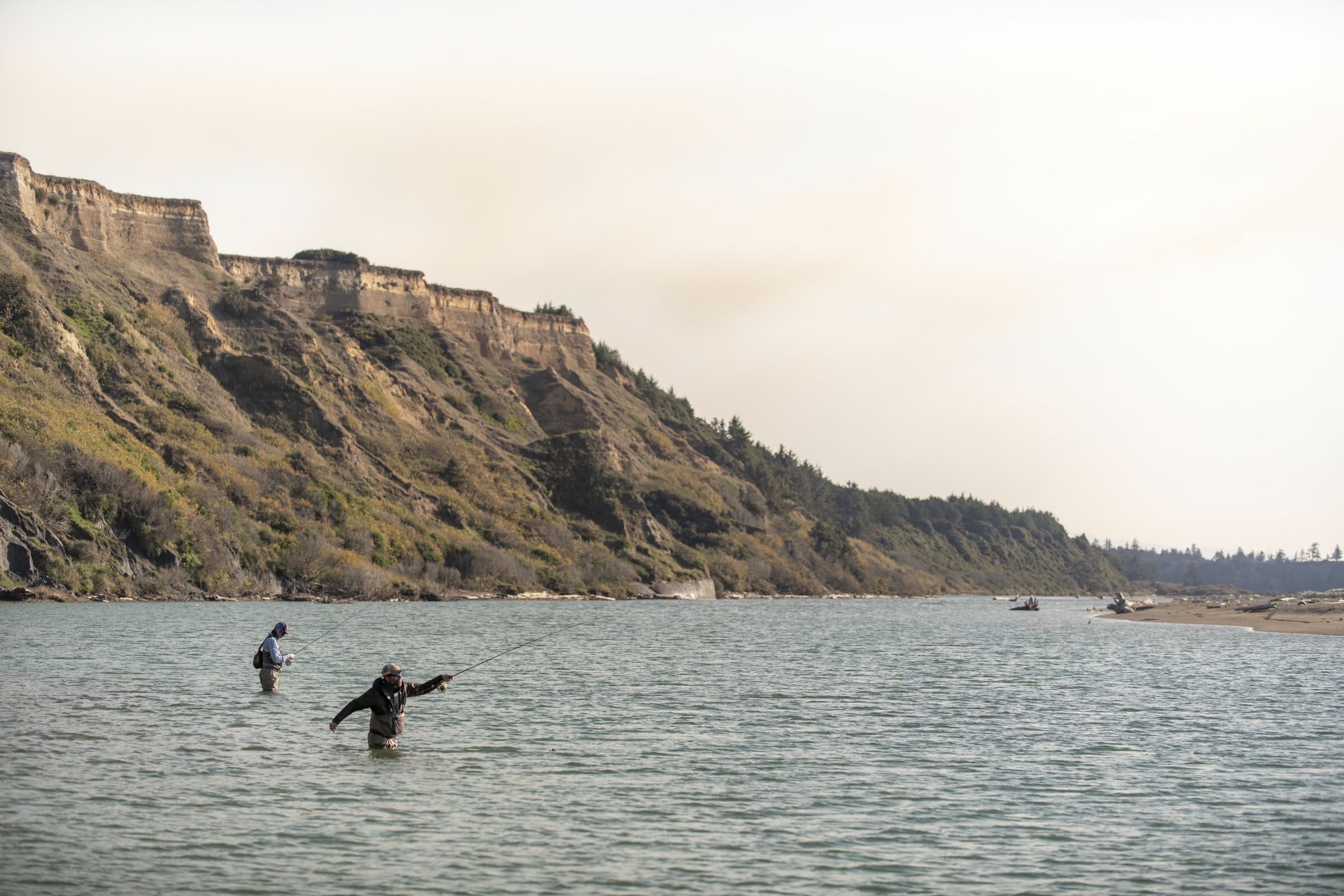
Casting for Elk River fish is one of life’s great adventures
For the citizens, the commercial fishing fleet, fishing guides and businesses of the small coastal community of Port Orford, Ore. (which lies 11 miles west of the wilderness), and the recreation–based economy it supports keeping healthy runs of Elk River salmon and steelhead protected is a huge win that benefits everyone.
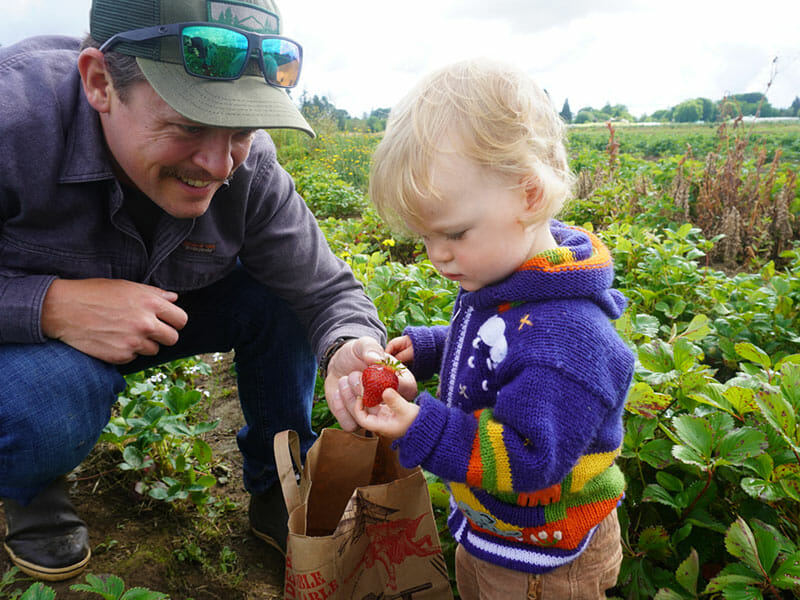
TROUT PEOPLE
Kyle Smith
Halfway through law school at the University of Oregon, Kyle Smith took a bike trip. It wasn’t just any bike trip; it started in Providence, Rhode Island, and ended on the other side of the continent in Vancouver, British Columbia. Smith and other co-workers were part of Bike and Build, a nonprofit that offered the experience of riding road bikes on a trek across North America coupled with working on homes for people in need. It was a simple life of sleeping in churches, living out of a duffle bag all summer and riding to the next home-building project. Moreover, this wasn’t just any long bike trip, it was an event that changed the course of Smith’s life.
“I was on a suit–and–tie track in law school, but that simple life really made me realize that working eighty hours a week out of an office wasn’t something I wanted to do,” said Smith.
He went back to law school and finished up with his degree, but he knew that he wanted to launch into another career that melded his passion with his profession.
Smith calls himself a victim of the movie and novella “A River Runs Through It.” He caught his first trout as a child in the Sierra outside his hometown of Mendocino and had been influenced by the life his father, Clinton Smith, a well-known landscape photographer of the Ansel Adams vein. In his teens, he started fly fishing with a passion, found a mentor who took him all over Northern California fly fishing with adults who just treated him as one of the crew. Then Smith started guiding for a fly shop to pay off the drift boat he had purchased. He guided and fished all the way through college and law school. But it was really the bike trip that put him on another path, one that eventually landed him in Corvallis, Oregon, a region lacking a TU chapter at the time. Undaunted, Smith helped start one. Today the Covallis-based Bluebacks Chapter 196 is one of the strongest in the Northwest. From volunteer work, Smith launched into a job with TU, first as a liaison between grassroots volunteers and the national organization, and eventually as the Oregon Field Coordinator working on protecting critical coldwater habitat.
In this position, Smith works on such diverse landscapes as the Owyhee and the Coastal Range. There is little time for road biking any more with a family including his toddler, Jack, and a growing passion for upland bird hunting with his Pudelpointer.
1
2
3
4
Growth and change
- Innovation and conservation
- Playing the long game
- Off Road Vehicle and Sportsmen Ride Right
- Oregon and Arizona Mineral Withdrawals
- Overcoming congressional gridlock with public lands planning
- Working in state legislatures when Washington, DC, is broken
- The importance of national monuments
- Fight against selling state land
- Alaska Tongass National Forest
- Alaska Pebble Mine
- Utah Roadless
- Washington Steelhead fishing regulation changes
- Land and Water Conservation Fund
5